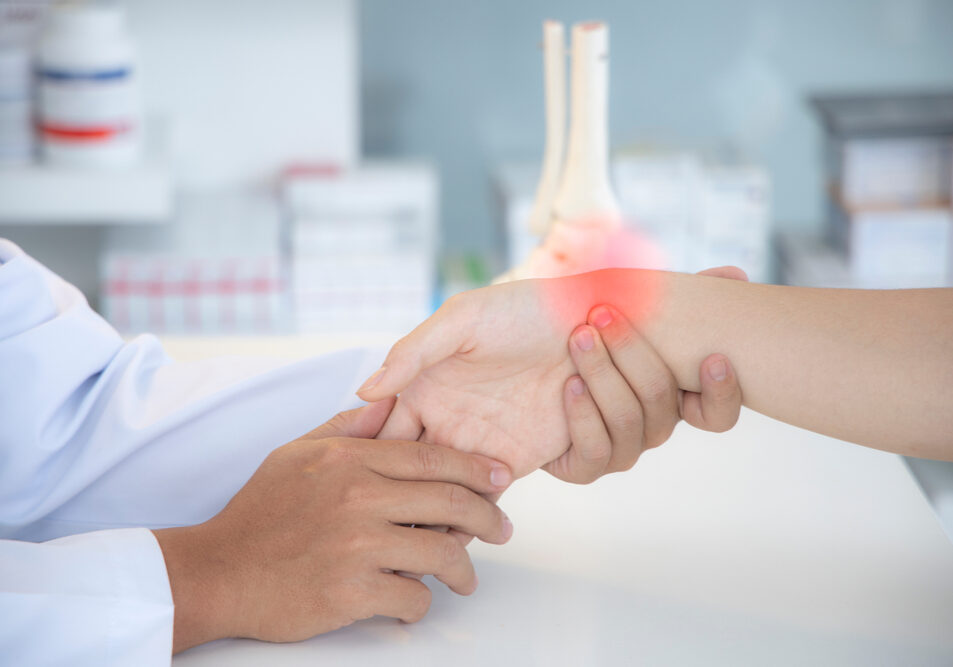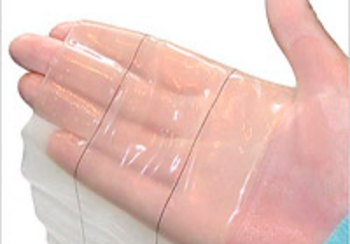The 3 Stages of Graded Motor Imagery
We’ve all heard of mirror box therapy, but do you know the details of how it works? There’s actually 3 stages involved that exercise the brain and take advantage of its plasticity. There is a great deal of evidence supporting these three stages and you can use them with confidence. It should be noted that all 3 stages must be used in sequence to be effective.
Stage 1: Laterality
Laterality is the ability to identify if a body part as being left or right sided when shown an image of the body part. For example if a patient is experiencing pain in their hand, you would show them pictures of hands and have them identify if the hand shown is a left hand or a right hand. This is important for recovery from pain and improved mind-body awareness. Limb laterality recognition activates premotor (association) cortices, not the primary motor cortex. This is a precursor to the other two steps and prepares the brain for further association processes.
Images of left and right hands can be presented to the patient on flashcards, online, or through free Apps on your phone (orientate). The more the better.
Stage 2: Explicit Motor Imagery
This stage involves imagining movements without actually moving. Much like an athlete envisioning the movements before they do them, your patient will imagine movements of the affected hand without moving it. This activity activates the premotor cortex as well as the motor cortex, allowing the basis for graded motor imagery progression. Mirror neurons in the brain are a clear target during this activity. For example you might ask your patient to imagine their hand doing a specific activity or to imagine manipulating a certain object. Visualization of motor movements without pain improves the body’s ability to move in the same pattern without perceived pain.
Stage 3: Mirror Therapy
The final stage is to use a mirror to present the reverse image of a limb to the brain, thus “tricking” the brain. Some common mirror progressions may include:
- Looking at the hand
- Turning the hand up and down via the arm
- Flatten the hand
- Move individual fingers
- Thumb to fingers
- Tapping fingers
- Tool usage
A lot of research has been done to show the effectiveness of graded motor imagery on CRPS. You may also find this technique to be useful for stroke patients, phantom limb pain, and other neurologically based phenomena.
You can check out our video “How to Make a Mirror Box” for details on making a low cost mirror box for your clinic.
More To Read
Title: Understanding De Quervain’s Pathology: A Comprehensive Exploration of Special Tests
Understanding De Quervain’s Pathology: A Comprehensive Exploration of Special Tests By: Miranda Materi De Quervain’s and Special Tests De Quervain’s tenosynovitis is a condition characterized by inflammation of the tendons on the thumb side of the wrist, causing pain and discomfort. These tendons include Abductor Pollicis Longus (APL) and Extensor Pollicis Brevis as they pass through…
Read MoreHand Therapy:Integra Dermal regeneration For Patients with Burns, Scars, or Wound Reconstruction
By: Taylor Volentine Date: 6/6/2020 Is it possible for shark and cow cartilage to improve the healing process for patients with burns, scars, or reconstruction of wounds? It sure is! A solution to the problem is Integra Dermal Regeneration Template. What is Integra Dermal Regeneration? The skin is made of two layers consisting of the…
Read MoreTrigger Finger… Quick and Dirty!
This is for you… Hand Therapists! Stenosing tenosynovitis, otherwise known as trigger finger, is a common condition affecting children and adults of all ages. Fast Facts Trigger finger usually occurs at the A1 pulley It occurs with inflammation of the tendons and sheaths of fds and fdp The digit can lock in both flexion and…
Read MoreSign-up to Get Updates Straight to Your Inbox!
Sign up with us and we will send you regular blog posts on everything hand therapy, notices every time we upload new videos and tutorials, along with handout, protocols, and other useful information.





